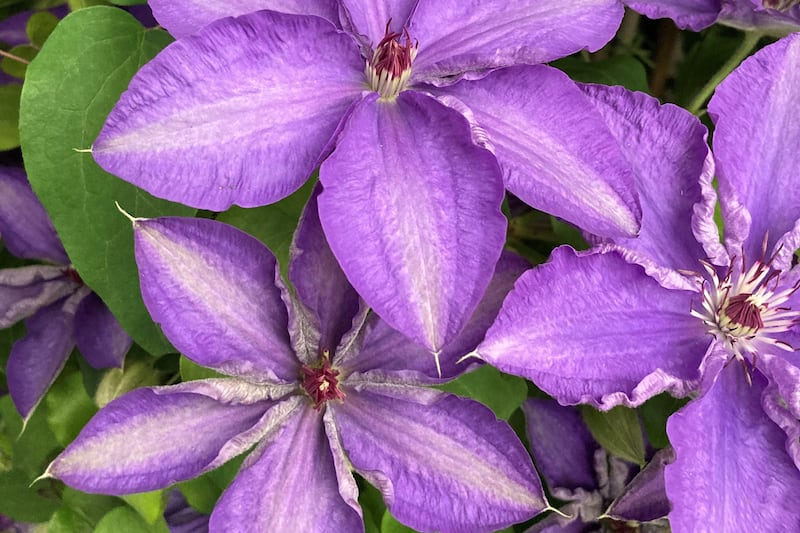For nigh on 20 years this column has sought to be a natural haven for those who love both gardening and wildlife.
It’s been a long-standing counterpoint to the view that has prevailed through much of the history of hobby horticulture in which man and woman are pitted against nature, rather than working in harmony with it. There have of course always been gardeners who advocated organic methods and what are often termed ‘green’ approaches, and thankfully now, albeit belatedly, these ideas have become much more mainstream.
One such ‘wildlife friendly’ policy that has (literally?) gained growing traction in recent years is ‘no mow’. Also applicable to public spaces, road verges and the often-under utilised grounds of government buildings, it means dispensing with the over-zealous attitude towards grass any longer than the average fairway.
Rather than a neat sward cut one or two times a week, ‘no mow’ leaves well alone and allows native wildflowers like buttercups, dandelions, cuckoo flowers and even orchids to prosper.
In 2019, a British wild plant conservation charity called Plantlife launched the ‘No Mow May’ campaign. Urging a moratorium on cutting for a whole month, it was suggested that ‘No Mow May’ would have huge benefits for wildlife. In the absence of a regular spring scalping, wildflowers that are beneficial to pollinating insects such as hoverflies, bees and butterflies, would flourish.

These same wildflowers also provide food for other creatures such as birds, frogs and small mammals. According to one report, ‘No Mow May’ participants have reported almost 100 species of pollinators on their lawns including 25 types of moth and butterfly, and 24 types of bee.
Now in its fifth year, ‘No Mow May’ has become popular across the northern hemisphere, and has been adopted by a number of public bodies, which regard it as a win-win-win situation where they promote biodiversity, save on costs and get positive PR.
Yet the initiative has met with backlash – and not just from a cohort of middle-aged men who believe abstaining from mowing for a month is a ‘bit too woke’.
The critics’ concern arises not during in the month when the ankle-deep grass is buzzing with insect life but at the end of May when it’s time to return to the normal regime.
The problem seems obvious – you deliberately set out to encourage wildlife but no sooner have the insects, amphibians and small mammals taken up residence than you destroy their habitat with a ruthless mow. It’s very likely that if your ‘No Mow May’ is a success then early June will be reminiscent of a video nasty, with dozens of small creatures shredded by the blades of the mower or strimmer cord.
The issue with ‘No Mow May’ is not the lack of mowing but the limited timeframe.
If you really want to help biodiversity then tokenism and one-off, feel-good gestures are not the answer. Instead you need to take a holistic approach and endeavour to be wildlife sympathetic all year round. If you’re going to adopt a no mow policy, make it last from spring through to autumn, by which time most of the creatures will have either completed their life cycle or found somewhere sheltered to hibernate for the winter.
Also create a pond or water feature and cut out chemicals that aren’t selective about which plants or insects they kill.
Gardening with nature is for 12 months of the year, not just May.







